Panasonic Lumix DMC-TZ1
-
-
Written by Gordon Laing
Panasonic Lumix DMC-TZ1 real-life noise versus Fujifilm FinePix S9500 / S9000
|
The image above was taken with the Panasonic Lumix DMC-TZ1 at 7mm f3.4 and at 80 ISO; the original measured 2.34MB. The crops are taken from an area just below and to the left of the centre. Note: it’s not possible to manually select 1600 ISO on the TZ1, and the High Sensitivity preset wouldn’t go any higher than 800 ISO under these conditions. Consequently we have included two separate 800 ISO crops from the TZ1 below. The first is from an image taken in Normal mode with 800 ISO manually selected from the menu. The second is from an image taken with High Sensitivity mode, which here automatically selected 800 ISO. Note how this preset applies lower resolution and somewhat aggressive noise reduction. |
Panasonic Lumix DMC-TZ1 |
Fujifilm FinePix S9500 / S9000 | |
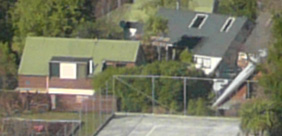 | 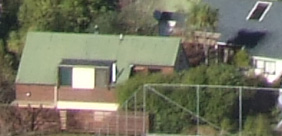 | |
80 ISO, 1/250, f3.4 |
80 ISO, 1/40, f8 | |
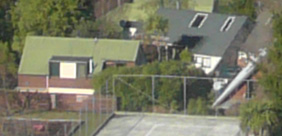 | 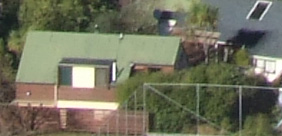 | |
100 ISO, 1/320, f3.4 |
100 ISO, 1/52, f8 | |
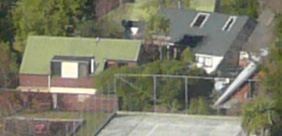 | 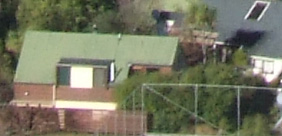 | |
200 ISO, 1/640, f3.4 |
200 ISO, 1/105, f8 | |
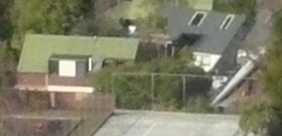 | 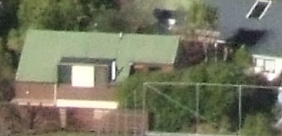 | |
400 ISO, 1/400, f5.6 |
400 ISO, 1/210, f8 |
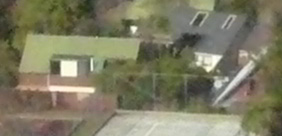 | 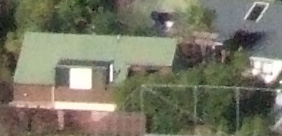 | |
800 ISO, 1/800, f5.6 |
800 ISO, 1/450, f8 | |
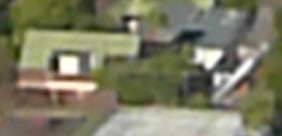 | 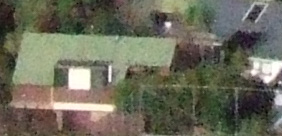 | |
800 ISO, 1/800, f5.6 (High Sensitivity mode) |
1600 ISO, 1/1000, f8 |
The Panasonic Lumix TZ1 delivers fair results at its slowest 80 and 100 ISO sensitivities, although some noise is visible in dark shadow areas even in these modes. This noise becomes more obvious at 200 ISO, although still delivers acceptable results for modest print sizes. At 400 ISO and above though, the TZ1’s noise and noise reduction visibly reduce detail, which can be seen most obviously in the increasingly smeared fencing and foliage. The most dramatic result though is with the TZ1’s High Sensitivity mode, which reduces the resolution and applies considerable noise reduction to deliver what looks like, at 100%, a Photoshop artistic filter; another example of this can be seen on our Features page. Manually setting 800 ISO gives a far preferable result. Noise is the TZ1’s greatest problem and can only be avoided at the slowest sensitivities. To be fair if you’re only printing at modest sizes and not staring at 100% crops, it’s not a huge problem, but if you demand clean results, you’d be better off with a different camera. Crops from a similar area taken with a pair of digital SLRs can be seen in our Sony Alpha A100 review. While anyone shopping for a compact is unlikely to consider a DSLR, it’s interesting to compare the results none-the-less. Low noise levels are where DSLRs excel, thanks to their physically larger sensors. |
Results continued…
Outdoor / Resolution / Noise / Noise 2 / Corner sharpness / Fringe & macro / Geometry / Vignetting




